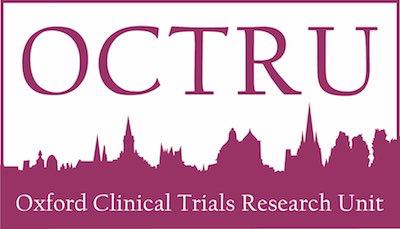RADICAL PROSTATECTOMY
If you have a prostatectomy, you may have robotic assisted keyhole surgery. If you have this type of keyhole surgery, the surgeon cuts 6 small holes into the skin of your abdomen and uses these holes to insert their instruments and carry out the operation. You have a general anaesthetic so you are asleep throughout your operation. Sometimes it is not possible to do this operation with keyhole surgery. In this case the surgeon may need to remove the prostate gland by making a larger cut at the bottom of your abdomen. This is called an open prostatectomy. During the operation the surgeon will join the waterpipe (urethra) to the bladder with some internal stitches. This join needs to heal, so the surgeon will put a catheter through the tube which carries urine from your bladder to the outside of your body. It drains your urine into a bag which can be emptied and stays in place for 1 to 2 weeks while the join heals. For more information about Radical Prostatectomy, please click here.
Click here to contact us for any further queries.
HIGH INTENSITY FOCUSED ULTRASOUND (HIFU)
If you have HIFU, you have a general anaesthetic so you are asleep throughout the treatment. You have an ultrasound device put into your back passage rectum, similar to when you had a transrectal ultrasound and biopsies. Your treatment takes about 1 to 2 hours. HIFU can make your prostate gland swell, so your surgeon will put a catheter into your bladder through the waterpipe. It drains your urine into a bag and stays in place for around 1 week. For more information about HIFU, please click here to visit the Prostate Cancer UK website or here to visit the Cancer Research website.
HOSPITAL VISITS (APPLIES TO BOTH TREATMENT ARMS)
If you have robotic assisted keyhole surgery you may stay in hospital for 1 or 2 nights. If you have an open prostatectomy you stay in hospital for about 4 to 7 days. If you have high intensity focused ultrasound (HIFU) you may have it as a day patient, or you may stay in hospital for 1 night following treatment.
You go back to hospital to have your catheter removed 2 weeks after the procedure. Men in both groups go back to see their doctor 6 weeks after treatment. You have further appointments every 3 months for the first year, then about every 6 months for 3 years. At each appointment, your doctor will check how you are and ask about any side effects you have. You will also discuss your PSA blood test results as this will be an important test to check that the treatment has worked. If you have HIFU, you have an MRI scan and prostate biopsies 1 year after treatment, then 2 years later. If you have had your prostate gland removed you don't need an MRI scan or biopsy.
The trial team will ask you to fill out a questionnaire pack before you start treatment, 6 weeks after treatment and then on 7 different occasions over the next 3 years. The questionnaires will ask about side effects and how you’ve been feeling. This is called a quality of life study. You will also be required to completed diaries to record how many times you see healthcare professions, what medication you are taking, if you have any visits to A&E and how you get to and from your hospital visits. This will help us understand some of the differences between HIFU and Radical Surgery.
SUMMARY OF CURRENT EVIDENCE ABOUT SIDE EFFECTS AND BENEFITS OF TREATMENT
It is difficult to be precise about some of the risks and benefits of the treatments. That is why we are carrying out the PART study – to ensure that we have this information for the future. We have made estimates based on previous world-wide research.
|
Treatment |
Aim |
What it entails |
Possible advantages |
Possible disadvantages |
|
Surgery
|
Removal of the cancer and the prostate gland |
Robotic surgery Open surgery |
Prostate and cancer all removed Potential cancer cure Outcome easy to monitor with PSA tests Surgery is long-tested and safe Failures can be treated with radiation if necessary |
The risk of death is less than 1 in 100 The risk of blood transfusion is less than 10% The risk of severe leaking urine is about 1%. The risk of moderate leaking urine is about 10% The risk of problems with sexual activity is around 50% Requires hospital stay |
| Ablative therapy |
Destruction Prostate gland remains in place |
A 24 hour hospital stay Removal of catheter after 7 days You should not drive for 3-4 days after the procedure |
Shorter stay in hospital Very low risk of:
|
Extra biopsies required during follow-up Extra MRI scans required during follow-up No long-term (20-30) outcome data currently availability |






